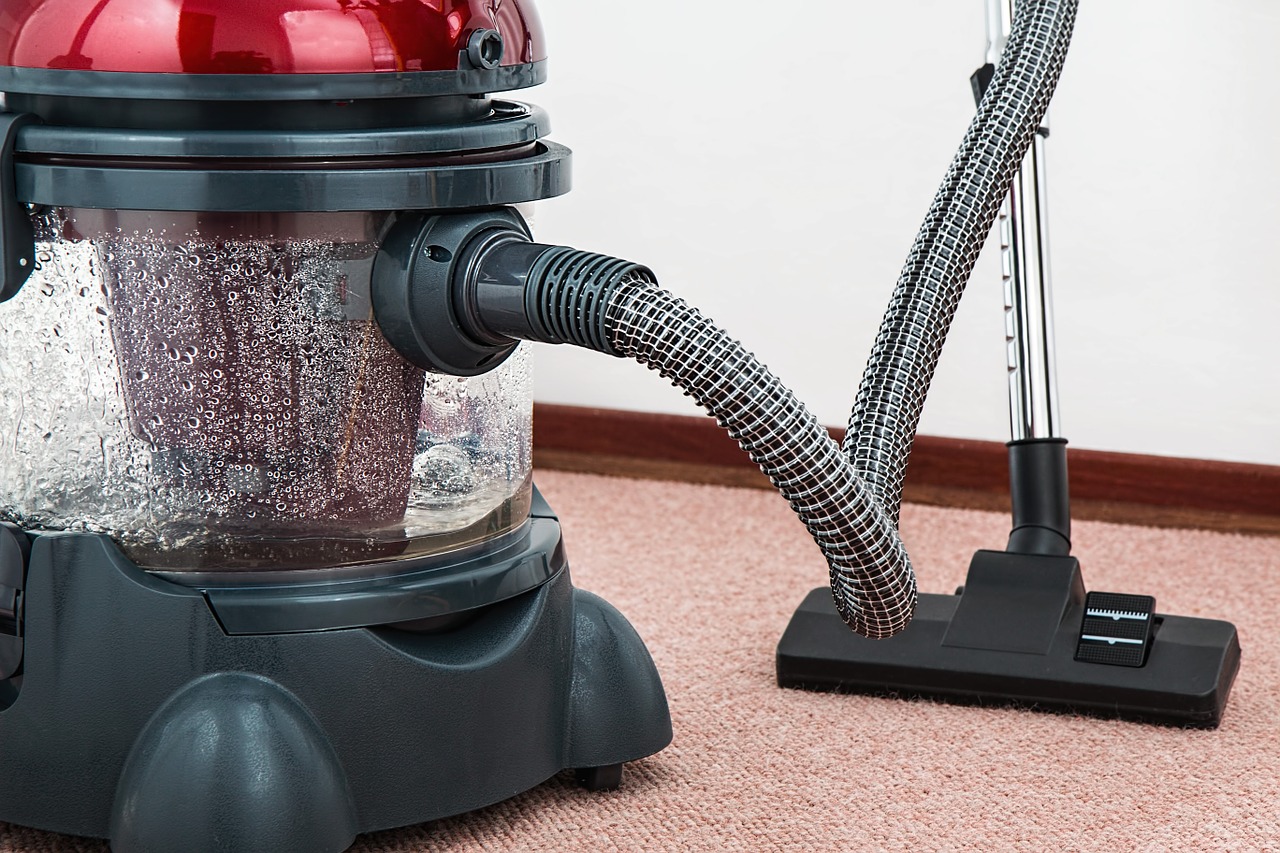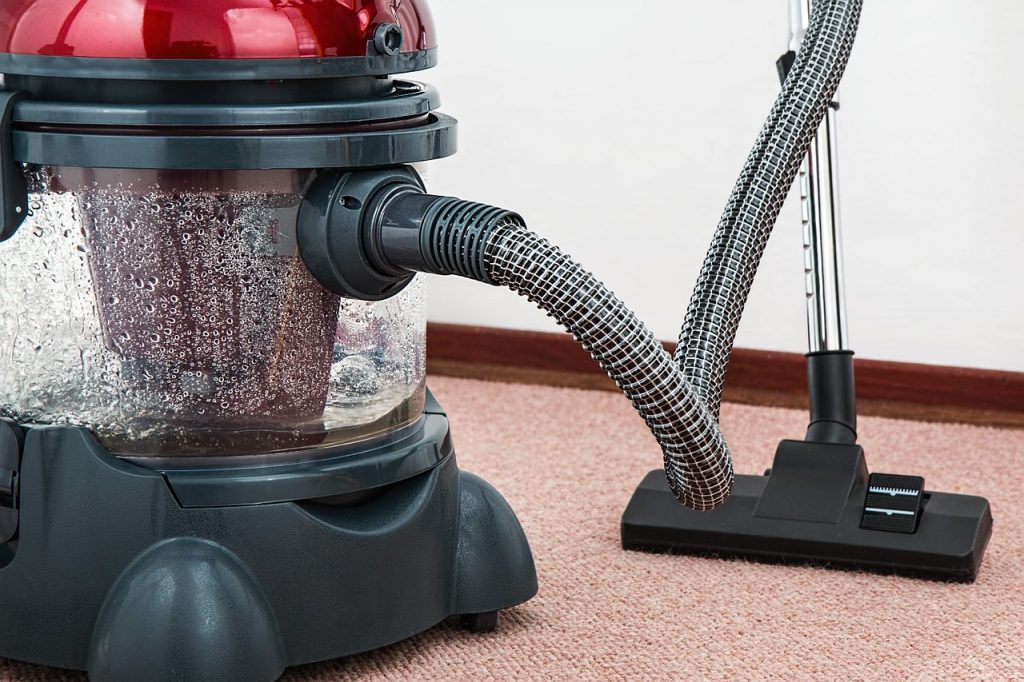
There are many types of vacuum cleaners today – stick, robot, upright, and canister models. The vacuum cleaner electricity consumption rate varies depending on what type of vacuum you use.
Factors That Affect Your Vacuum Cleaner Electricity Consumption
When looking at vacuum cleaner energy consumption you must consider the various parts of the vacuum. These include:
- At least one motor with a fan attached to it, spinning in between 10,000 – 30,000 rpms to create the airflow.
- A HEPA air filter.
- Bags or bins that collect the dirt.
- A rubber belt attached to the motor shaft that drives the vacuum.
- A rotating brush that beats the dirt and dust loose from your carpet.
Your vacuum must pull in less than 12 amps of electricity, because your home’s circuit breaker is rated at 15 amps, or 1800 watts (15A x 120V). While power ratings are listed in the manufacturers’ rate watts as watt/hours. It’s based on the assumption that you’ll run the vacuum continuously for an hour.
The Upright Vacuum Cleaner Electricity Consumption
There are many different brands of upright vacuum cleaners. Typically, they’ll use 800 – 1,400 watts/hour. This is .800 kWh – 1.44 kWh.
The Canister Vacuum Cleaner Energy Consumption
There are also various brands of canister vacuum cleaners. These usually use 1,440 watts/hour, regardless of the brand you buy though. This equates to 1.44 kWh.
Average Electricity Consumption of a Vacuum Cleaner
Based on the factors outlined above, you can see that the average vacuum cleaner electricity consumption uses 1,440 watts of energy per hour (1.44 kWh). If you’re paying 10¢ per kWh for electricity, this equates to 14.4¢ to run your vacuum for an hour. Since you’ll probably vacuum your home once a week for a year (52 weeks) it’ll cost you about $7.49 per year.









